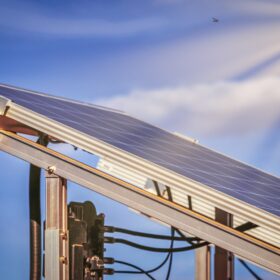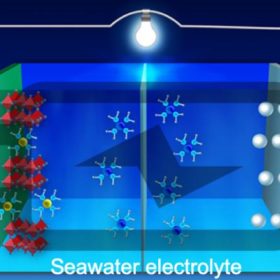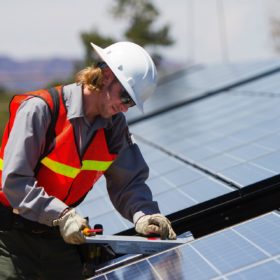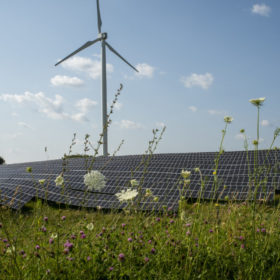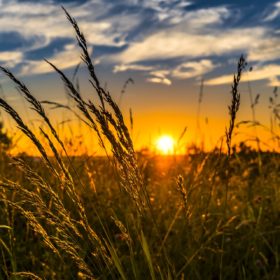Taking a stand for the climate
Stanford University professor Mark Z. Jacobson spoke to pv magazine about testifying in support of young US climate activists and revealed which technologies he thinks will be most useful for the energy transition.
Optimal tilt angle for agrivoltaic projects in Mediterranean region
Scientists in Turkey determined the optimal tilt angle for agrivoltaic projects associated with different crops in the central Mediterranean region, and other regions with similar latitude and climatic conditions.
Analyst revises up zero-emission vehicle forecast after bumper year
A report published by BloombergNEF for the COP26 climate change summit has listed global commitments by cities, states, provinces and nations to end the sale of new fossil-fueled vehicles but, with 2035 estimated as the cut-off date for zero-emission roads by mid century, policymakers need to be more ambitious.
Venture capital support for solar blossomed during the first half
The $800 million of private backing secured by Californian residential solar finance business GoodLeap helped the sector achieve VC and private equity funding of $1.6 billion in the first six months of the year, up from just $210 million a year earlier.
Seawater aqueous battery based on alloy of zinc and manganese
Scientists in the United States developed a new anode for aqueous batteries. A working battery utilizing this anode, with seawater as an electrolyte, demonstrated impressive energy density, and remained stable after 1,000 hours of high current cycling. The group is already discussing the potential of their approach in large-scale manufacturing.
Wind direction and tilt angle approach to keeping panels cool
A technique proposed by scientists in the United Stated could raise solar plant output 5% and decrease panel degradation by more than 0.3% per year, according to the researchers. The approach is based on wind direction and speed, and module inclination.
Australian agrivoltaics start-up aiming for eventual 1 GW of solar capacity
With sun the common component of solar energy production and agriculture, a new company in northern New South Wales is set to combine the benefits of sowing PV and forage crops in the same soil.
US electricity retailers are ditching fossil fuels
Three different retail electricity providers in the United States have announced new programs to provide customers the option to buy 100% renewably sourced electricity, with one of the three even coming at no additional cost.
Agrivoltaics good for agriculture and panel efficiency
A U.S. research team has found the most efficient locations for agrivoltaics include western America, southern Africa and the Middle East. The researchers found crop land, grasslands and wetlands were the best environments for PV projects linked to agriculture. Conditions suitable for crops are ideal for improving solar module efficiency.
BREAKING: SolarWorld may close Oregon factory
The company has given WARN Act notices to all of its employees, and says that it is trying to determine the right size going forward.

